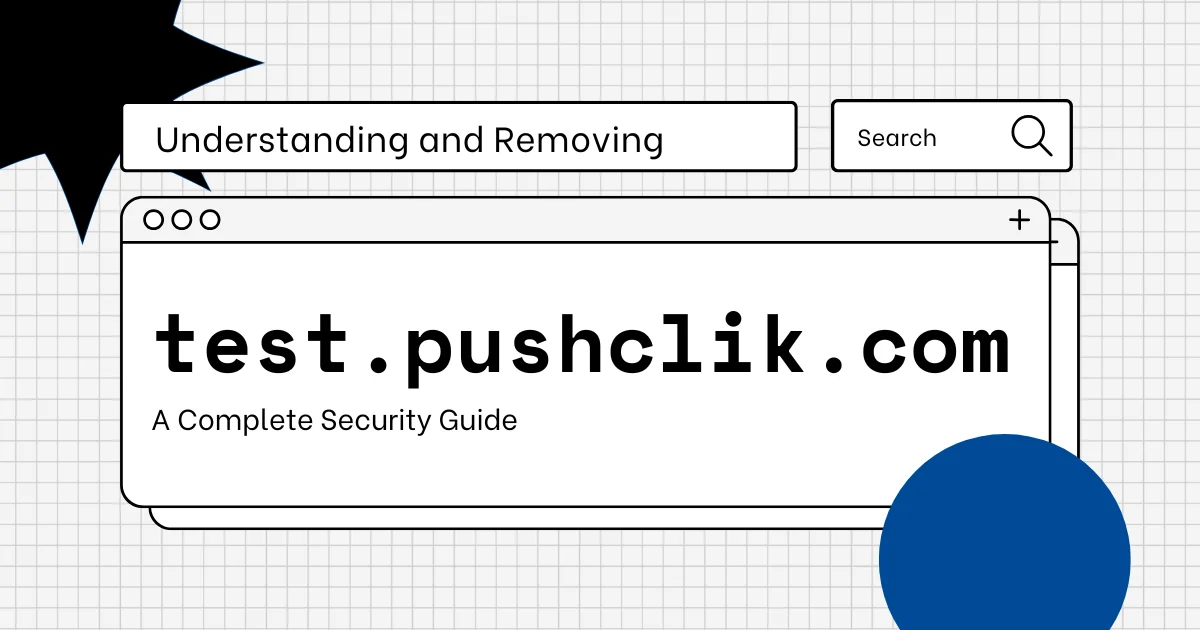test.pushclik.com: What It Is, Common Issues, and How to Stay Secure
If you’ve encountered [test.pushclik.com] while browsing or testing notifications, you’re not alone. This domain often raises questions for both everyday users and developers. Understanding its purpose, the risks involved, and how to address related problems is crucial for a safe and seamless digital experience. This guide explores [test.pushclik.com], highlights common pain points, and provides actionable solutions to keep your devices secure and your workflow efficient.
Introduction: Understanding test.pushclik.com
[test.pushclik.com] is typically associated with push notification testing or, more concerningly, with unwanted pop-up ads and browser redirects. While some domains are legitimately used for app notification testing, others—like pushclk.com—are linked to intrusive ads, browser hijacking, and even malware. Knowing the difference and how to respond is essential for both developers and regular users.
What Is test.pushclik.com and Why Might You See It?
There are two main scenarios where [test.pushclik.com] appears:
For Developers: It may be used as a test endpoint for push notification delivery during app development. Testing push notifications is a vital part of ensuring a smooth user experience, and platforms like BrowserStack recommend using real devices for this purpose rather than emulators, which can miss key issues.
For General Users: If you’re unexpectedly redirected to [test.pushclik.com] or see persistent pop-ups, it’s likely due to adware, a malicious browser extension, or accidental opt-in to push notifications from a dubious site. This behavior is similar to other sites like pushclk.com, which are known to display unwanted ads, redirect users to potentially harmful content, and may indicate a malware infection on your device.
Common Pain Points with test.pushclik.com
Unwanted Pop-Ups and Redirects: Many users report frequent, disruptive pop-ups and browser redirects linked to [test.pushclik.com]. These can interrupt your workflow and expose you to unsafe content.
Security and Privacy Risks: Some redirects may attempt to install unwanted programs or gather personal data, posing a risk to your privacy and device security.
Difficulty in Removal: Standard antivirus tools may not always detect adware or browser hijackers responsible for these pop-ups, requiring more targeted removal steps.
Testing Limitations: Developers may struggle to accurately test push notifications across all device types without the right tools, leading to missed bugs or inconsistent user experiences.

Comments
Post a Comment